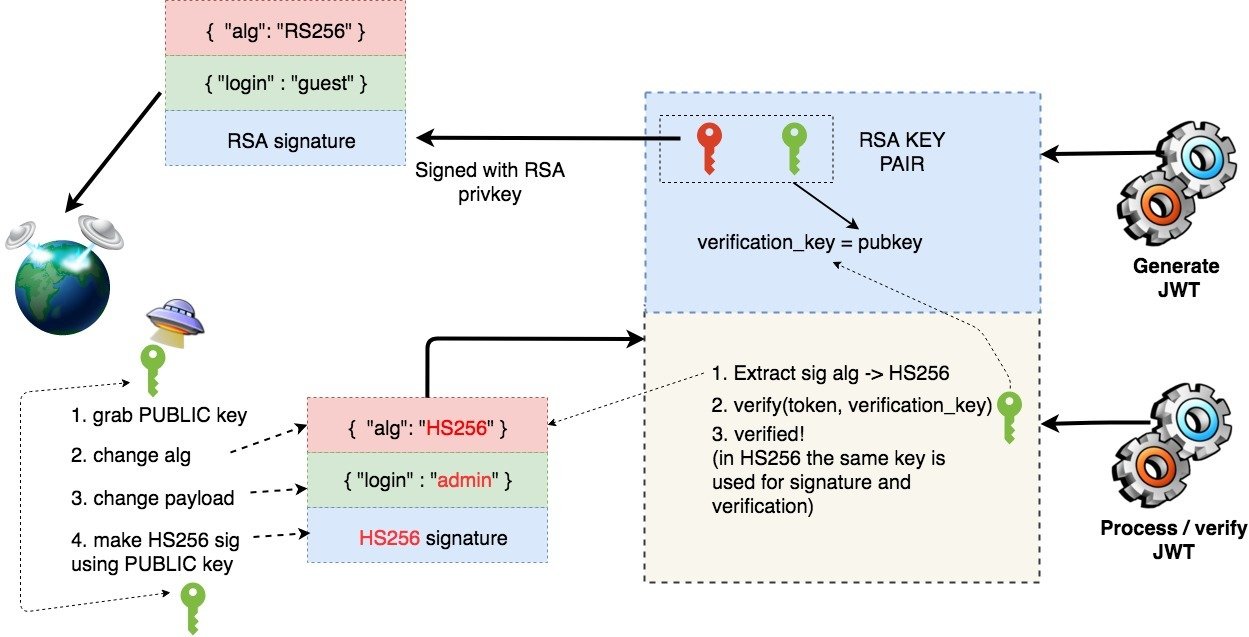
The client will then send this JWT with its request to a REST API. In this example, an authorization server creates a JWT at the request of a client and signs it so that it cannot be altered by any other party. JWT Example: OAuth Bearer TokensĪ common way to use JWTs is as OAuth bearer tokens. When the token is used, the receiving party verifies that the header and payload match the signature. The party that creates the JWT signs the header and payload with a secret that is known to both the issuer and receiver, or with a private key known only to the sender. The signature ensures that the token hasn’t been altered. For example, when using JWT as bearer access token under OAuth2.0, iss, sub, aud, and exp must be present. There are no mandatory claims for a JWT, but overlaying standards may make claims mandatory. This information is typically used by the server to verify that the user has permission to perform the action they are requesting. This is displayed as a JSON string, usually containing no more than a dozen fields to keep the JWT compact. The JOSE (JSON Object Signing and Encryption) header contains the type of token - JWT in this case - and the signing algorithm. Once decoded, you will get two JSON strings: In the most common serialization format, compact serialization, the JWT looks something like this:. For example, a claim may assert who issued the token, how long it is valid for, or what permissions the client has been granted.Ī JWT is a string made up of three parts, separated by dots (.), and serialized using base64. What these claims are depends on the use case at hand. Claims are used to transmit information between two parties. JWTs differ from other web tokens in that they contain a set of claims. 👉 Become an ExpertĮxplore additional resources on security and beyond. The important distinction here is lack of meaning within the characters themselves. In the case of authentication, a non-JWT based token is a string of characters that allow the receiver to validate the sender’s identity. Now that you understand JSON as a data text format, you may be wondering What are tokens? To put it simply, a token is a string of data that represents something else, such as an identity. It can be used as a data format by any programming language and is quickly becoming the preferred syntax for APIs, surpassing XML. It stores information in an easy-to-access manner, both for developers and computers. What Is JSON?įor beginning developers, JSON stands for JavaScript Object Notation and is a text-based format for transmitting data across web applications.


JWTs are signed using a cryptographic algorithm to ensure that the claims cannot be altered after the token is issued. Each JWT contains encoded JSON objects, including a set of claims. JWT, or JSON Web Token, is an open standard used to share security information between two parties - a client and a server. But what is JWT exactly? And how does it work? JWT is becoming more popular for securing APIs.


 0 kommentar(er)
0 kommentar(er)
